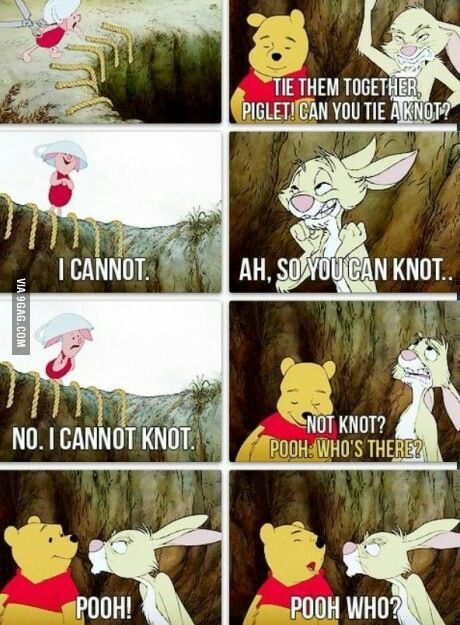Extending the Reshetikhin-Turaev TQFT
Abstract
A d-dimensional TQFT is a topological invariant which assigns (d-1)-dimensional manifolds to vector spaces and d-dimensional cobordisms to linear maps. In the early 90s, Reshetikhin and Turaev constructed examples of these in the case d=3, using the data of certain types of linear categories. In this talk, I will provide an overview of this construction, and then explore how this might be meaningfully extended downwards to assign 1-manifolds to "2-vector spaces". Minimal knowledge of category theory assumed!


